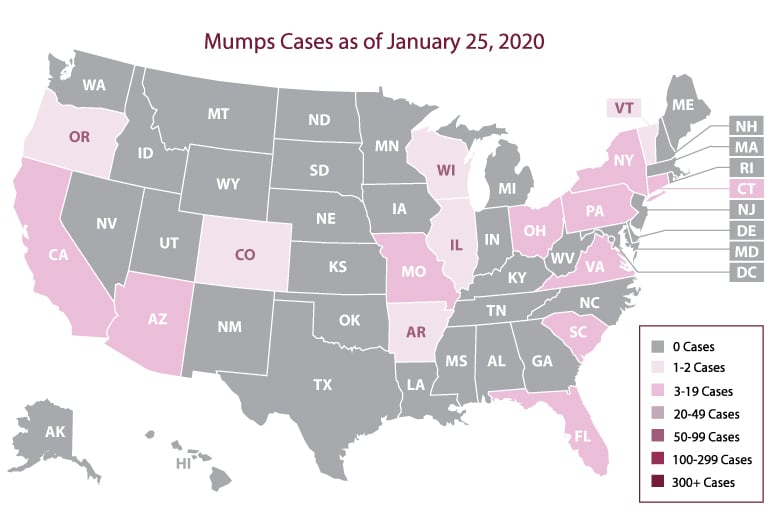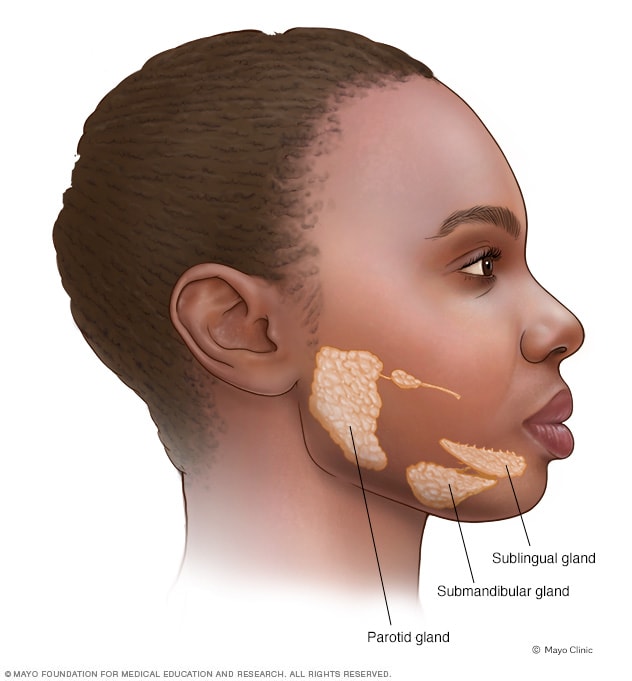Indiana University now has confirmed 17 cases of mumps. That number more than doubles last week’s report of seven cases. Nine of them are linked to one fraternity, but officials have not named it to the public.
Cases one through seven are already out of the infection period, but the latest students with an outbreak are still in isolation.
A campus-wide vaccination clinic has not been recommended by officials at this point, since the number of mumps is not widespread.
“It’s fairly well contained,” IU Spokesperson Chuck Carney said. “It’s not anything like what we’ve seen in other places – Temple University has a particular problem of course, we haven’t anything like that here.”
Mumps is typically a mild illness but can be highly contagious.

“We do encourage people– if they feel like they might have been exposed to someone who has mumps–go ahead and get the third dose. You can do that at the Monroe County Health Department,” said Carney.
The symptoms of mumps may include fever, tiredness, and swelling in front of or below ears.

The MMR vaccine is safe and effective, and a single dose of the vaccine provides long-lasting immunity.
Anyone who has not had two doses of MMR vaccine is at risk for mumps, but even those have had two MMR vaccines can still get mumps. That’s because the vaccine does not produce 100% immunity.
“I don’t know if I take it like super seriously just because I did get the vaccine,” IU senior Carson Blackwell said. “And that’s probably not a good way to think about it. I probably should take it more seriously, but in my head (I am thinking) I’ve got the vaccine and I’m sure I won’t get sick,”
Outside of receiving a vaccination, Chuck Carney said students should prevent mumps by washing hands with soap frequently, avoid sharing drinks and cover the mouth when sneezing or coughing.
The university has been in contact with the department of health and representative from the CDC for further actions. And IU officials say the number of mumps could go up again.
To make matters worse, this year’s measles outbreak in the U.S. is the second largest in more than two decades. The CDC department has confirmed 555 cases so far.
And Indiana is among the top of ten infected states this year.
